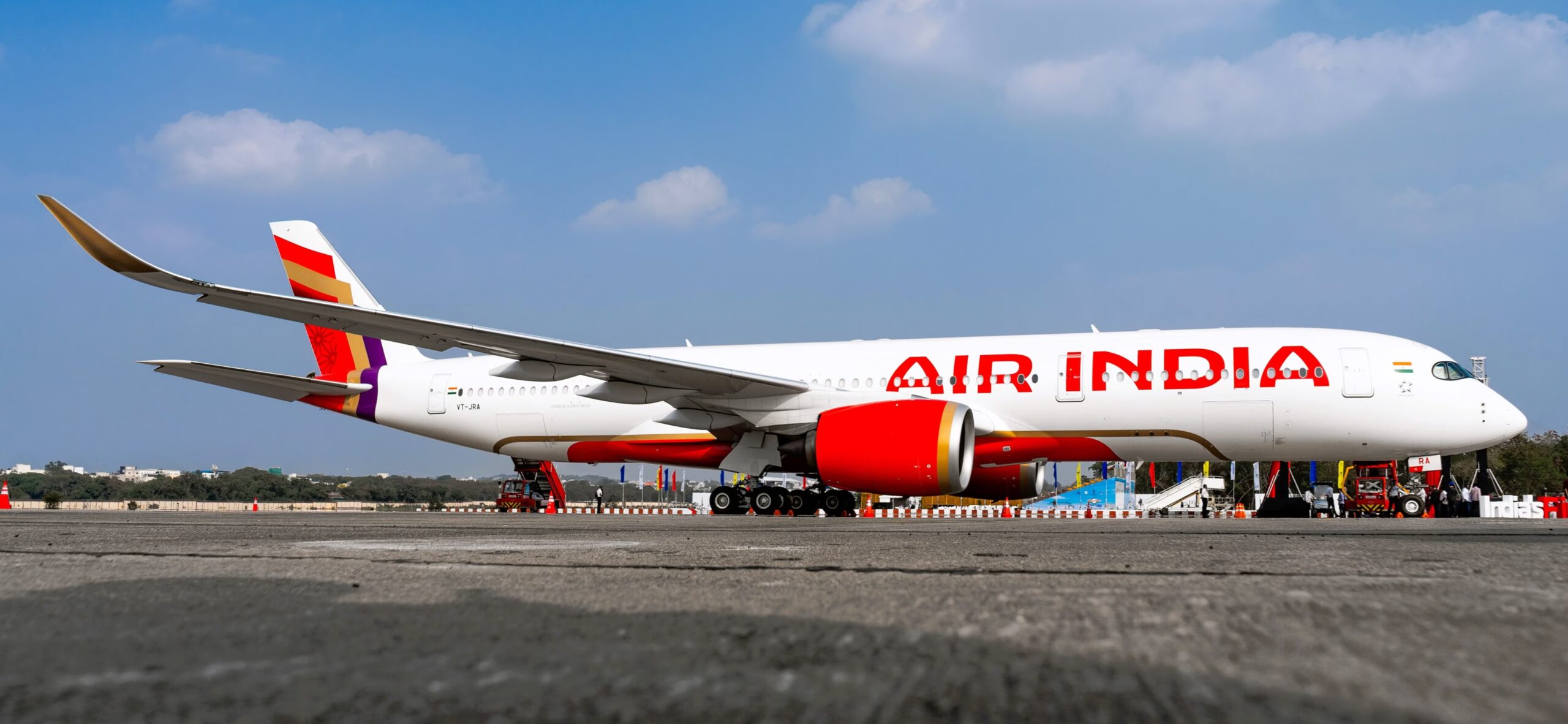When Dreams of London Turned to Ashes
It was supposed to be another routine journey from Ahmedabad to London Gatwick. On June 12, 2025, at 1:38 PM, Air India Flight AI171 departed from Ahmedabad carrying 230 passengers and 12 crew members aboard a 12-year-old Boeing 787-8 aircraft. Among the 242 souls on board were families reuniting, business travelers pursuing opportunities, and perhaps tourists embarking on adventures they had planned for months.
The passengers included 169 Indian nationals, 53 Britons, seven Portuguese and one Canadian – a diverse tapestry of people connected by their shared destination and, tragically, their shared fate. Many were likely part of Britain’s large Indian diaspora, returning home after visiting family or traveling to Britain for new beginnings.
But within minutes of takeoff, their journey became one of the worst aviation disasters in decades. The aircraft crashed just seconds after leaving Ahmedabad, shortly after takeoff, leaving only one survivor from what should have been a bridge between two nations.
What the Aviation Industry Is Learning
From a tourism industry perspective, this tragedy illuminates several critical factors that professionals must understand and address.
Systemic Safety Concerns: The investigation is focusing on the engine, flaps and landing gear, while India’s aviation regulator has ordered safety checks on Air India’s entire Boeing-787 fleet. Additional maintenance actions have been implemented, including “one-time check” of take-off parameters before every flight departure. This suggests potential systemic issues that extend beyond a single aircraft.
Tourism Route Vulnerability: The Ahmedabad-London route represents more than just a flight path – it’s a vital cultural and economic corridor. The disruption affects not just immediate travel but the confidence tourists place in connecting these two worlds.
Industry Response: The swift regulatory response demonstrates how modern aviation prioritizes learning from tragedy. However, for tourism operators, this creates immediate operational challenges in route planning and client confidence management.
The Human Cost of Aviation Safety
Being a Tourism Professional, Flight AI171 reminds us that every seat represents someone’s story – a grandmother visiting grandchildren, a student pursuing education abroad, a businessperson building bridges between cultures.
With 241 people killed and only one survivor, this disaster forces us to confront the human dimension of our industry. Every booking we facilitate, every itinerary we design, carries the weight of trust that families place in our expertise and judgment.
The survivor’s story though details remain private out of respect represents both the fragility and resilience of human life. Their experience will undoubtedly shape how we think about emergency preparedness and passenger safety protocols.
The Critical Question of Emergency Evacuation
One haunting question emerges from this tragedy: Why can’t airlines develop systems to allow passenger evacuation before aircraft impact? The fact that one person survived reportedly having exited the aircraft raises profound questions about emergency evacuation protocols during the critical seconds between system failure and crash. Current aviation technology focuses heavily on preventing crashes through sophisticated systems and pilot training, but limited research exists on mid-flight emergency evacuation systems.
Could detachable passenger compartments or enhanced escape pod systems be feasible? This question challenges the fundamental design philosophy of modern aircraft. While current aviation safety focuses on prevention and controlled emergency landings, the reality of catastrophic failures like Flight AI171 demands we explore radical alternatives. The development of rapid-deployment emergency evacuation systems for aircraft in distress represents an entirely new frontier in aviation safety technology.
Enhanced emergency communication systems between cockpit and passengers during crisis situations could provide crucial seconds that determine survival. The investigation of survival factors that enabled the lone survivor’s escape may reveal critical insights that could save countless lives in future incidents. Additionally, a comprehensive review of passenger safety briefing effectiveness in actual emergency scenarios versus theoretical training could revolutionize how we prepare travelers for the unthinkable.
The survivor’s actions during those final moments before impact hold keys to understanding human behavior and decision-making under extreme duress. How can we improve passenger response time and decision-making in crisis situations? What specific factors enabled one person to escape when 241 others could not? These questions demand urgent research and could fundamentally change aircraft design and emergency protocols.
Moving Forward with Purpose
The tourism industry has a responsibility to push for these innovations, not just as service providers, but as advocates for the travelers who trust us with their lives. As tourism professionals, we must transform this tragedy into meaningful change. We owe it to the 241 people who lost their lives, to the survivor carrying unimaginable trauma, and to every future passenger who boards an aircraft trusting that we’ve learned from this devastating day.
The skies should be pathways to dreams, not corridors to tragedy. Our industry’s response to Flight AI171 will define whether we’re merely service providers or guardians of human aspiration and connection.
Our thoughts remain with the families affected by this tragedy, and our commitment strengthens to ensuring such losses drive meaningful improvements in aviation safety and emergency response protocols.
-

Circular Economy in Tourism and Hospitality 2025: East Africa Case Study
-

Top 10 Essential Travel Gadgets for 2025
-

The Airplane Mode Myth: Why Airlines Cling to an Outdated Rule
-

The Airplane Mode Myth: Why Airlines Cling to an Outdated Rule
-

The Instagram Effect: How Five Cities Became Digital Darlings



